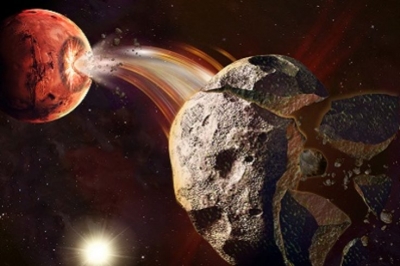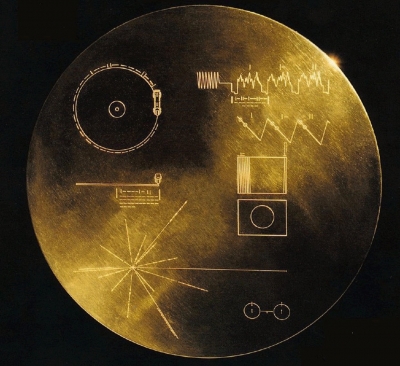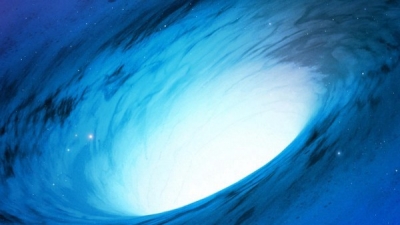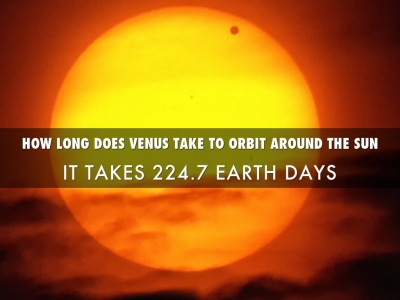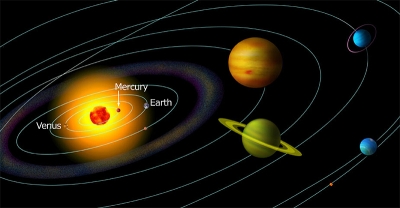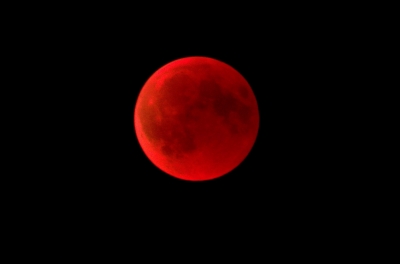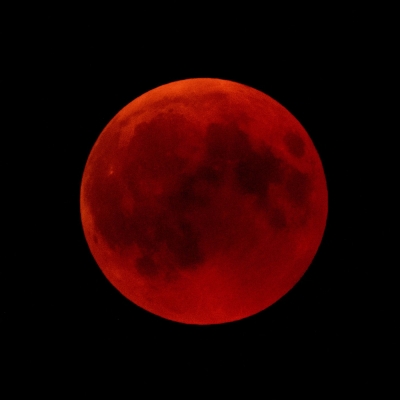What is a centaur in space?
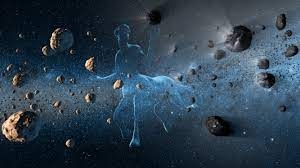
Centaurs are icy planetesimals located between Jupiter and Neptune. They cross the orbits of one or more of the giant planets in their journey around the Sun, and interactions with these outer planets cause the orbits of Centaurs to be inherently unstable.
No centaur has been photographed up close, although there is evidence that Saturn's moon Phoebe, imaged by the Cassini probe in 2004, may be a captured centaur that originated in the Kuiper belt. In addition, the Hubble Space Telescope has gleaned some information about the surface features of 8405 Asbolus.
Of the objects known to occupy centaur-like orbits, approximately 30 have been found to display comet-like dust comas, with three, 2060 Chiron, 60558 Echeclus, and 29P/Schwassmann-Wachmann 1, having detectable levels of volatile production in orbits entirely beyond Jupiter.Chiron and Echeclus are therefore classified as both asteroids and comets, while Schwassmann-Wachmann 1 has always held a comet designation. Other centaurs, such as 52872 Okyrhoe, are suspected of having shown comas. Any centaur that is perturbed close enough to the Sun is expected to become a comet.
Picture Credit : Google
